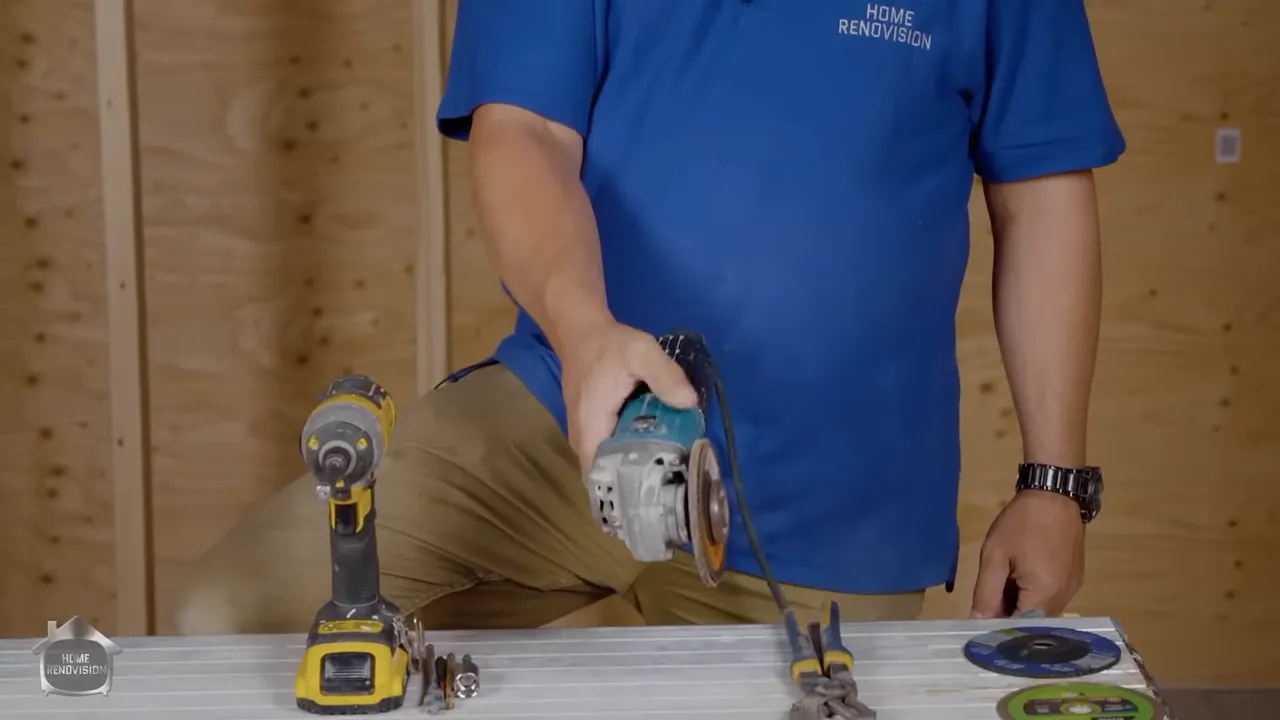With the growing trend of DIY home repair projects, students, in particular, are finding ways to enhance their living spaces without breaking the bank. This drive not only saves money but also helps foster a sense of accomplishment and independence.
Equipping oneself with the right tools and equipment is paramount for a successful DIY home repair project. This ensures not only the quality of the work but also the safety of the individual undertaking the project.
Beyond the practicality of doing home repairs, there’s an educational aspect to it. Tinkering, fixing, and creating can offer invaluable hands-on learning experiences, teaching problem-solving, and instilling a sense of pride in one’s work.
Basic Tool Kit Essentials
One of the first steps in embarking on a DIY journey is assembling a basic tool kit. It’s like the foundation of a house; without the right tools, you’re starting at a disadvantage.
Hand Tools Overview
Every DIY enthusiast should have a set of hand tools. They’re versatile, require no power source, and are essential for simple tasks and repairs.
Hammers, Screwdrivers, Pliers
- Hammers: These are useful for driving in nails or removing them. Opt for a claw hammer which has a flat face on one side and a claw for pulling out nails on the other.
- Screwdrivers: A good set includes both flat-head and Phillips head versions in various sizes.
- Pliers: These are great for gripping, bending, or cutting wires.
Measuring Tapes and Levels
- Measuring Tapes: Essential for tasks where precision is key. It’s crucial for woodworking, interior design tasks, or even just hanging a picture straight.
- Levels: These help ensure surfaces are straight horizontally (bubble level) or vertically (plumb line).
Power Tools Basics
Moving on to power tools, these devices can significantly speed up tasks and allow for more intricate work.
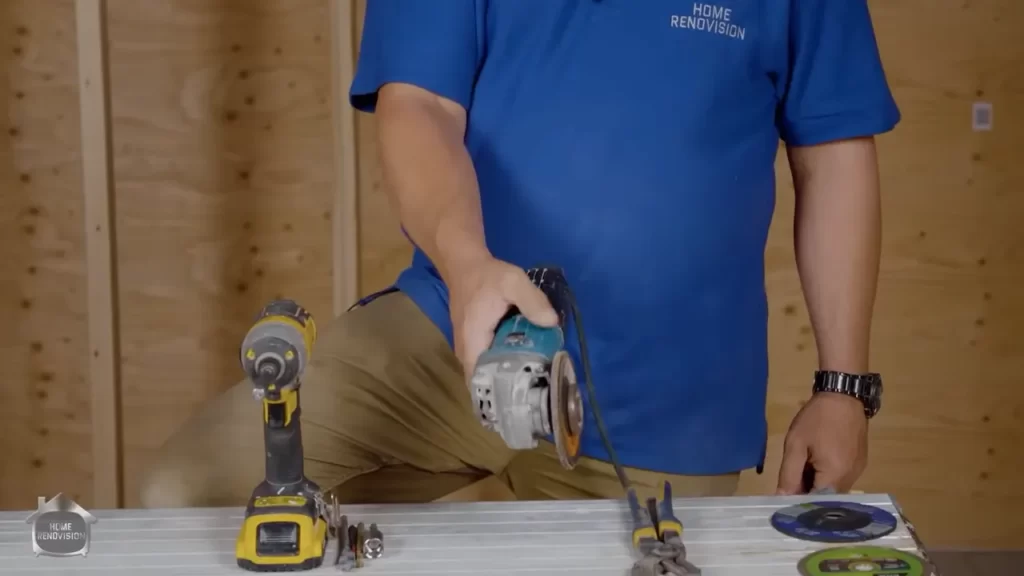
Drills and Bits
- Drills: An electric or cordless drill can make holes in wood, plastic, or even metal. The real versatility comes from the variety of bits you can use.
- Bits: There’s a plethora of drill bits available, from twist bits (used for general drilling) to spade bits (used for making larger holes).
Electric Saws
- Circular Saws: Perfect for straight cuts in wood.
- Jigsaw: This tool can cut curves or intricate patterns.
Safety Gear Must-haves
The importance of safety in DIY tasks cannot be emphasized enough. It’s not just about finishing a project; it’s about doing so without any injuries.
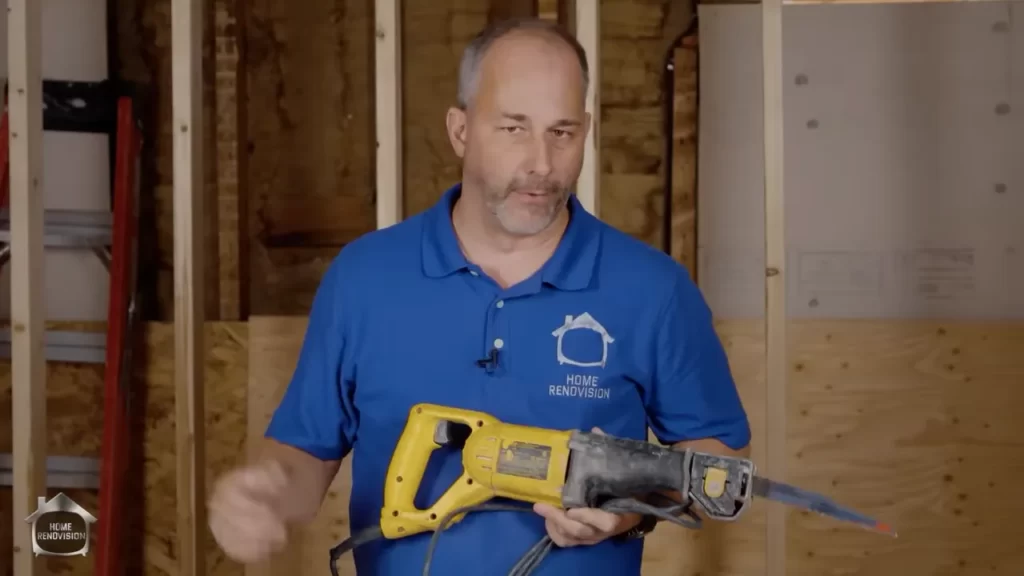
Importance of Safety in DIY
Every year, many DIY enthusiasts face injuries due to the lack of safety precautions. Whether it’s a minor cut or something more severe, the right safety gear could prevent many of these injuries.
Protective Wear
- Safety Goggles: These protect the eyes from flying debris, dust, or any harmful materials.
- Gloves and Masks: Protects hands from abrasions or chemicals and masks shield the lungs from inhaling harmful particles.
- Fire and Electrical Precautions: Always ensure your workspace is equipped with a fire extinguisher. When working with electrical tools, using an RCD (residual current device) can protect against electric shocks.
Workspace Setup
A clean and organized workspace is not just about aesthetics; it’s about efficiency and safety.
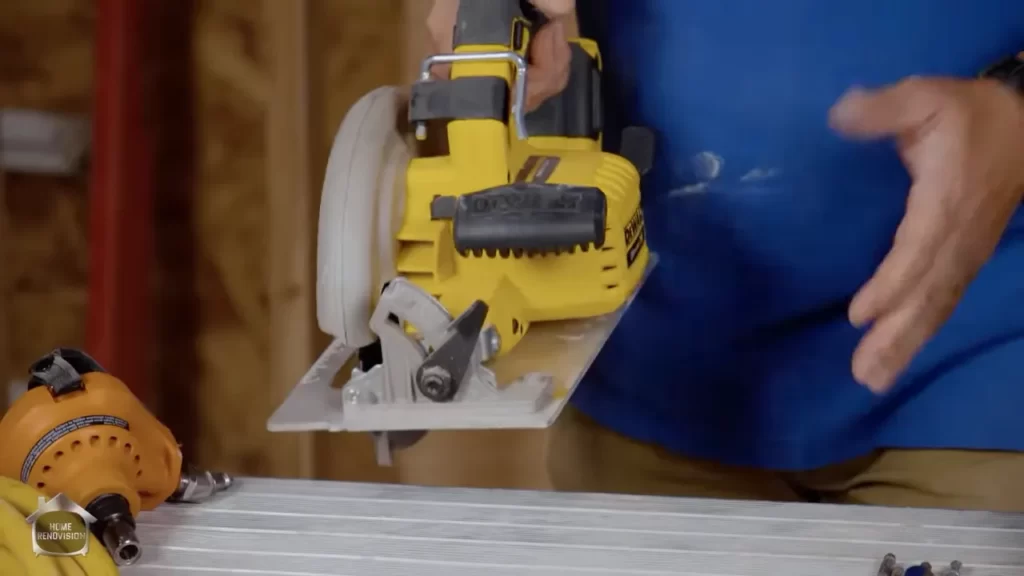
Importance of Organized Workspace
Working in a cluttered environment increases the risk of accidents. Moreover, an organized workspace can boost productivity and ensure that tools are always within arm’s reach.
Work Tables and Benches
- Work Tables: Provides a stable surface for various DIY tasks.
- Benches: These are specially designed surfaces for tasks like woodworking, offering clamps and other features.
Lighting and Ventilation Tips
Good lighting is crucial, especially for intricate tasks. Ensure there’s sufficient natural or artificial lighting. Proper ventilation is vital when working with chemicals or materials that produce fumes.
Proper Storage Solutions
An organized storage system ensures that tools are easily accessible and protected from damage.
Toolboxes and Organizers
Compact and portable, toolboxes are perfect for basic tool kits. Organizers with compartments can store smaller items like screws and nails.
Pegboards and Shelves
Pegboards are a great way to hang tools on walls, keeping them visible and accessible. Shelves can store larger items or materials.
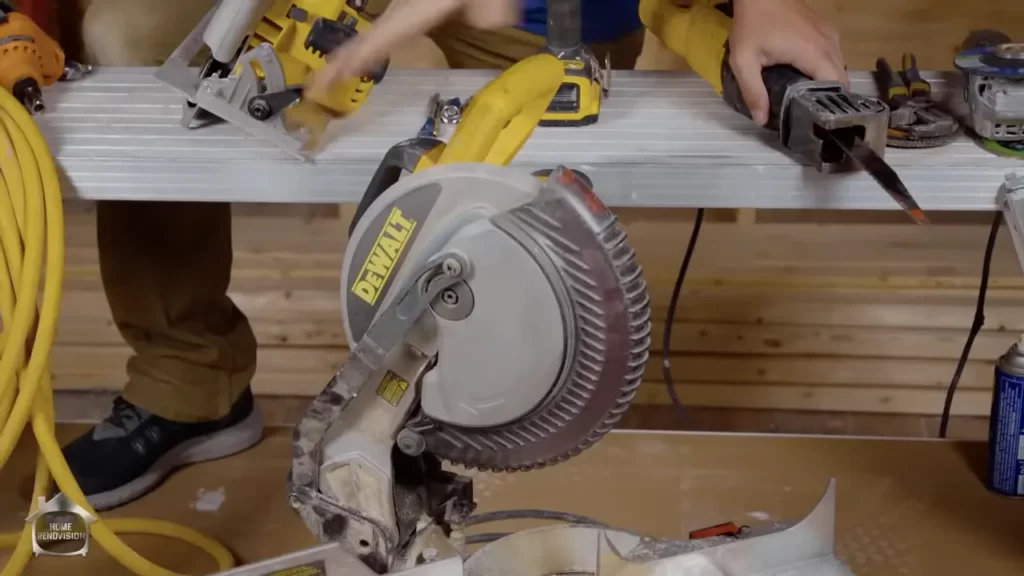
Economical Tool Selection
Embarking on DIY projects, especially as a student, means budget constraints can be a real concern. Yet, it’s possible to get quality tools without breaking the bank.
Importance of Budgeting for Students
Money is often tight for students. With tuition fees, living expenses, and social activities, every penny counts. Tools for DIY projects should be seen as an investment. Budgeting ensures you get the most out of every dollar spent.
Identifying Quality yet Affordable Brands
It’s tempting to go for the cheapest tools available, but this isn’t always the wisest choice. Instead:
- Research brands known for offering value.
- Check online reviews from other users.
- Watch out for sales or discounted items from reputable brands.
Rental vs Buying: Making Wise Choices
For tools you’ll use only once or infrequently, renting might be a better option. Here’s how to decide:
- Estimate how often you’ll use the tool.
- Compare the rental cost to the purchase price.
- Consider storage space if thinking of buying.
Maintenance and Care
Taking care of your tools not only prolongs their life but also ensures they’re safe to use and function at their best.
Prolonging Tool Lifespan
The lifespan of a tool is directly related to its care. Simple practices can make a massive difference:
- Clean tools after each use.
- Ensure they’re stored in a dry environment.
- Regularly check tools for wear and damage.
Regular Cleaning Practices
Dirt, grime, or rust can severely affect a tool’s performance. Regular cleaning keeps them in top shape:
- Wipe tools with a clean cloth after use.
- For tools with moving parts, consider occasional lubrication.
- Rusty tools can often be restored with a bit of elbow grease and the right cleaning agent.
Storage Tips to Prevent Rust
Rust is a tool’s worst enemy. Preventing rust is simpler than dealing with it:
- Store tools in a dry place.
- Use silica gel packs in toolboxes to absorb moisture.
- Regularly inspect tools for early signs of rust and treat immediately.
Advanced Tools (Optional)
Once you’ve got the basics down, and if the budget allows, some advanced tools can take your DIY projects to the next level.
Benefits of Upgrading
Advanced tools can:
- Speed up project completion.
- Offer precision and professional finishes.
- Expand the range of projects you can tackle.
Popular Advanced Tools
These tools might not be essential for everyone, but they can be game-changers for specific tasks.
Oscillating Multi-tools
A versatile tool used for cutting, sanding, and grinding. It’s known for its precision and ability to work in tight spaces.
Cordless Electric Screwdrivers
A time-saver that eliminates the need for manual screwing. Especially useful for tasks requiring numerous screws, like assembling furniture.
Skill Building and Training
As with any craft, the more you learn, the better you become. Continuous learning in DIY ensures you tackle projects safely and efficiently.
Importance of Continuous Learning
DIY isn’t just about having the right tools. It’s also about knowing how to use them. Continuous learning:
- Minimizes the risk of injuries.
- Boosts confidence in tackling projects.
- Enhances the quality of finished projects.
Online Tutorials and Classes
The internet is a treasure trove of information. Many experts share their knowledge through:
- Video tutorials on platforms like YouTube.
- Online classes on websites like Coursera or Udemy.
Community Workshops and Local Classes
For hands-on learning:
- Check community centers for workshops.
- Local colleges might offer relevant short courses.
- Joining a local DIY group can provide both training and a sense of community.
FAQs
What are the essential tools for a beginner?
Even if you’re starting, a basic toolkit with items like a hammer, screwdriver, pliers, and measuring tape is crucial for most repairs.
Do I need power tools right away?
Power tools can be helpful but aren’t always necessary for beginners. As you take on more complex projects, you can consider adding them to your collection.
Is it better to rent or buy tools?
For tools you’ll use infrequently or expensive ones you’re unsure about investing in, renting might be the smarter choice. On the other hand, frequently used tools should be purchased.
How do I ensure my safety while working?
Always prioritize safety. This means using protective gear like goggles and gloves and following guidelines and precautions, especially with electrical or heavy-duty tasks.
Conclusion
Embarking on DIY home repair projects as a student is both a rewarding and educational journey. Equipped with the right tools and knowledge, these endeavors not only save money but also impart invaluable skills that last a lifetime.
In our rapidly evolving world, becoming self-reliant, especially in home management, can provide immense satisfaction. This sense of accomplishment not only elevates the quality of one’s living space but also fosters a growth mindset, an asset in all future endeavors.
Remember, every expert was once a beginner. With the right set of tools, a dash of patience, and a sprinkle of perseverance, the world of DIY is your oyster!
